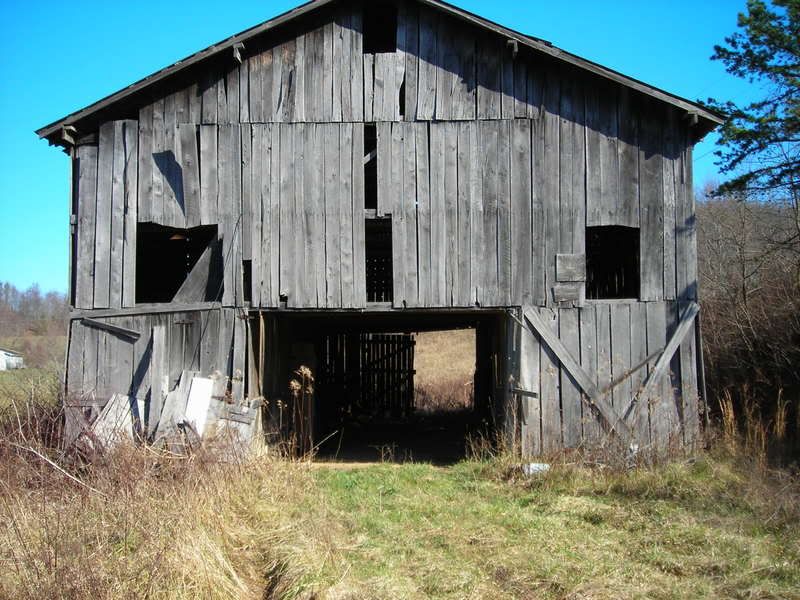In all of my travels I've never seen an original stock made with American Chestnut. Not to say that it wasn't occasionally used, but I've never experienced it. I do remember a contemporary piece at the CLA several years back that some thought was stocked with Chestnut, but I looked at it carefully and I'm sure that it was one of the tropical hardwoods instead.
Chestnut (Castanea dentata) is a coarse open grain wood that isn't the best for a stock wood. However....a lot of low priced, low end furniture was made out of it in the late 1800's early 1900's. It's very rot resistant,too, and that's why you'll find it in old barns and log houses especially in the Southern Mountains. And,too, at one time Chestnut made up at least 20% of the Eastern Hardwood Forests, so it was available in abundance and had very desirable characteristics for house and barn construction.
The wood that you have will have high value to home craftsman/woodworkers. A good friend of mine,Bill Burtt whom some on the Board will know, makes beautiful shooting boxes out of Chestnut...absolutely beautiful! I plan to have my coffin made out of American Chestnut simply because when it burns it's like a fireworks show! Sparks and flaming embers will pop out and go all the way across the room! When I arrive in Hell I want everybody there to know I've made it :haha: .





